Penyerahan Naskah
Daftar Tilik Penyerahan Naskah
Penulis yang ingin memasukkan naskah harus memperhatikan poin-poin di bawah ini. Jika naskah tidak sesuai dengan persyaratan yang telah dicantumkan, ada kemungkinan naskah tersebut akan dikembalikan.- The submission has not been previously published, nor is it before another journal for consideration (or an explanation has been provided in Comments to the Editor).
- The submission file is in OpenOffice, Microsoft Word, or RTF document file format.
- Where available, URLs for the references have been provided.
- The text is single-spaced; uses a 12-point font; employs italics, rather than underlining (except with URL addresses); and all illustrations, figures, and tables are placed within the text at the appropriate points, rather than at the end.
- The text adheres to the stylistic and bibliographic requirements outlined in the Author Guidelines.
Articles
Author Guidelines
- The submitted article is an original work by the authors and has never previously been published, whether in another journal or other media.
- All authors must include their full name, institution, and email address correctly for correspondence purposes.
- The author must submit the manuscript in Indonesian or English of about 6000-9000 words.
- The author must upload the document on the Open Journal System. Correspondence will be carried out by email through jurnalqaulan@gmail.com and OJS.
- Editorial Team has the right to edit the manuscript according to the Qaulan Journal template format without omitting the essential parts and understanding within each document.
- After the editing process, two reviewers will review the manuscript following the double-blind peer review procedures.
- The manuscript will then be returned to the authors for revision following the reviewer's input if needed.
Writing Format & Systematics
- The manuscript is written in Ms. Word format on A4 Page Size, normal margin with 1,15 spacing using Times New Roman font size12pt.
- Writing Format, please refer to the Article Template on the OJS sidebar menu.
- The title needs to be concise and clear, with 12 words maximum.
- The abstract is written in two languages, which are Indonesian and English. It summarizes the whole research, including research background, objective, research methods, research outcomes, and conclusion concisely and clearly. The maximum words for the abstract are 200 words.
- Keywords reflect the important concept of an article. Keywords consist of 5 words separated by a semicolon. (Example: communication; human; environment; culture; city).
- The introduction covers the background, urgency, objective, and main problems of the study/research. The introduction started with a brief explanation (less than 1 paragraph) regarding the study's general background. It must show State of The Art (length about 1-2 paragraphs, briefly includes literature study/review or previous research) to justify or strengthen the novelty statement. The author must show the article's significant scientific contribution or originality by putting journal references from the past 10 years. Before writing the objective of the study, there has to be the gap analysis or gap statement. It will show the novelty statement clearly and explicitly or differ from previous research, whether it is essential or not for the research to be done. The research objective must be clearly and straightforwardly.
- A reference minimum of 60% needs to come from the primary literature, which is scientific journals. Only a maximum of 40% of books containing concepts and theories may be used as a reference. The total reference used and listed needs to be a minimum of 15 reference sources. The reference used needs to be from the last ten years to justify its originality and novelty aspect. Every reference source quoted and used in the essay needs to be listed on the reference list.
- Methodology explains the research stages, including research plans, procedures, and how to conduct data testing and analysis. A scientific explanation with reference is needed to describe the research methodology.
- Results and Discussion is the process and analyzed data using a specific method. It results from analyzing data linked with relevant scientific concepts/theory from a literature review if needed. Results and Discussion must answer the formulation of the problem and provide an impact of new knowledge. The content of results and discussion can interpret reviews, tables, pictures, diagrams, graphics, sketches, etc.
- The research conclusion consists of statements that show how the "Introduction" is related to "Results and Discussion". Aside from that, the prospect of developing the research result and applying further study can be added, based on the findings and discussion.
References consist of at least 30 references include 80% reputable scientific journals published at least the last 10 years. Authors should ensure that every reference in the text appears in the list of references and vice versa. Scriptwriting and citation referred to in this paper are required using application of reference manager in Mendeley or Zotero. References are written in IEEE Style. The guidance for APA Standard can be accessed on https://www.mendeley.com/guides/apa-citation-guide
Pernyataan Privasi
The names and email addresses entered in this journal site will be used exclusively for the stated purposes of this journal and will not be made available for any other purpose or to any other party.


